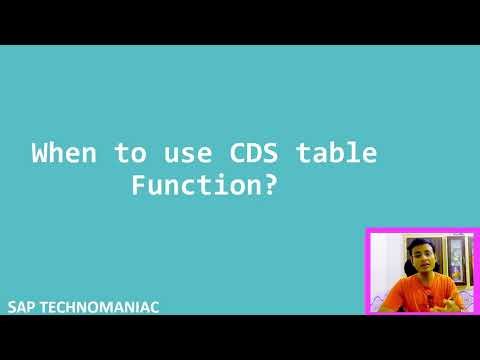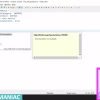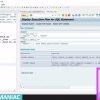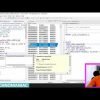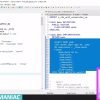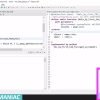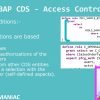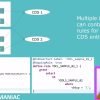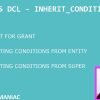This video is a tutorial on when and how to use CDS table functions in SAP. Here’s a summary of the key points from the video:
- CDS Table Function: The presenter discusses the scenarios where CDS table functions are necessary. These include accessing data from other schemas, overcoming data type incompatibility issues, and when there are limitations with CDS entities or DDIC-based CDS views.
- Schema Explanation: The presenter explains that a schema is where data is stored in a database. In the SAP architecture, there are three layers: the database layer, the application layer, and the user interface layer. A schema is assigned to each application layer.
- Creating a CDS Table Function: The presenter demonstrates how to create a CDS table function. He creates a data definition and gives it a name. He then creates a CDS view entity and tries to combine data from two tables with incompatible data types.
- Casting Data Types: The presenter encounters a problem where he cannot directly compare two fields because they have different data types. He tries to cast the fields to compatible data types but encounters limitations with using functions in on conditions. He then tries to cast the fields in the projection list but encounters another limitation where he cannot use an association locally if he has used a field from the association in the projection list.
- Creating an AMDP Class and Method: The presenter creates an AMDP class and method to implement an AMDP function. He explains that the AMDP function is read-only and uses the SQLScript language.
- Demonstration: The presenter demonstrates how to use the CDS table function and AMDP function to retrieve data from a database. He shows how to call the functions in a SELECT statement and how to display the retrieved data.
- Important Points: The presenter discusses some important points about using CDS table functions and the AMDP framework. He explains that CDS table functions can only be created for databases that support AMDP, and that AMDP functions are read-only and need to be called in a SELECT statement in SQLScript. He also emphasizes that AMDP functions can be used to create database procedures and that they can be used in other AMDP procedures or functions.


